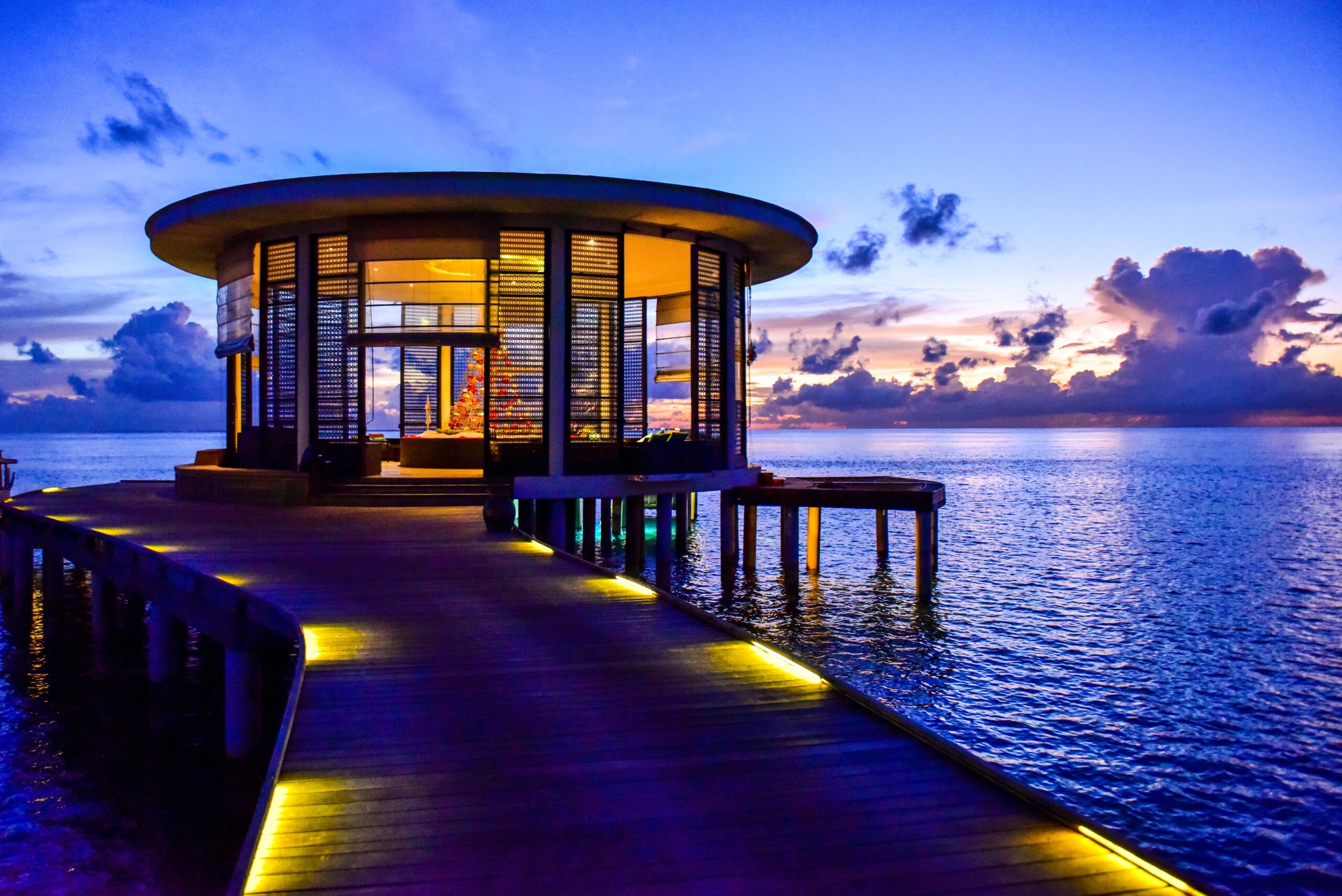In the dynamic interplay between architecture and nature, a delicate dance unfolds, shaping the built environment into harmonious compositions that seamlessly blend with the natural world. Architects and designers aspire to create spaces where the symbiotic relationship between architecture and nature goes beyond mere coexistence, transforming structures into living, breathing entities that enhance the human experience.
In 2023, global statistics indicated that the construction and architecture sector was responsible for approximately 40% of total carbon emissions. In this context, traditional Arab architecture has emerged as a sustainable solution, relying on techniques such as barjeel (wind towers) and mashrabiyas to naturally cool buildings without the need for modern air conditioning systems. In Morocco, oasis architecture developed between the 9th and 14th centuries AD, using local materials such as clay, stone, and gypsum, reflecting a sustainable interaction with the desert environment. These traditional practices highlight the importance of integrating authentic architectural techniques into modern designs to achieve environmental sustainability.

Materials in Harmony
The choice of materials is a pivotal aspect of the symbiotic relationship between architecture and nature. Thoughtfully selected materials, inspired by the natural world, not only contribute to the aesthetic appeal but also resonate with the surrounding context. Whether it’s the warmth of wooden textures, the coolness of stone surfaces, or the translucency of glass, each material tells a story of the environment it originates from.
Blurring Boundaries
Modern architecture often seeks to erase the boundaries between indoor and outdoor spaces. Large, retractable glass doors, open courtyards, and seamlessly transitioning flooring materials contribute to this blurring of boundaries. This architectural approach invites nature to become an integral part of daily living. Therefore, allowing inhabitants to feel connected to the changing seasons and the elements.
A Symphony of Sound
In addition to visual and tactile experiences, architects also consider auditory elements in their designs. The gentle rustle of leaves, the soothing flow of water, or the distant sounds of wildlife—all contribute to the symphony of nature that enhances the overall atmosphere of a space.

In architectural design, auditory elements are thoughtfully integrated to enhance the sensory experience of a space. By considering how sound interacts with materials and structures, architects can create environments that promote well-being and comfort. For instance, incorporating natural sounds like rustling leaves or flowing water can contribute to a calming atmosphere, while the use of materials that absorb or reflect sound appropriately can improve acoustics within a building.
The Enduring Appeal
Architects who master the art of integrating nature into their designs create spaces with enduring appeal. These environments not only stand as testaments to architectural prowess. But also serve as havens where individuals can forge a deeper connection with the natural world. As the dance between architecture and nature continues, each new design becomes a unique expression of this timeless relationship.

Integrating architecture with nature involves designing structures that harmoniously coexist with their natural surroundings, enhancing both aesthetic appeal and environmental sustainability. This approach, often termed “biophilic design,” emphasizes the connection between humans and nature within built environments. Strategies include incorporating natural elements like plants and water features, utilizing materials such as wood and stone, drawing inspiration from natural forms (biomimicry), integrating green spaces like rooftop gardens, and orienting buildings to maximize natural light and ventilation. These methods not only create visually pleasing spaces but also promote well-being and reduce environmental impact.
By thoughtfully applying these strategies, architects can create spaces that respect and reflect the natural world, enriching the experiences of those who inhabit them.
More on INJ Architects:
